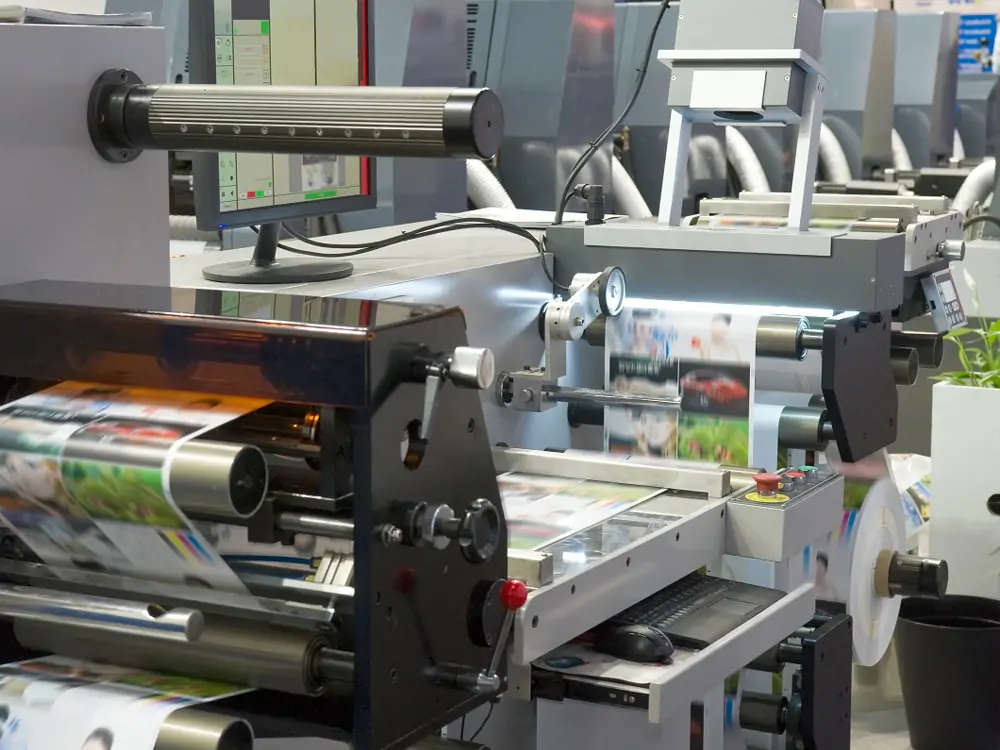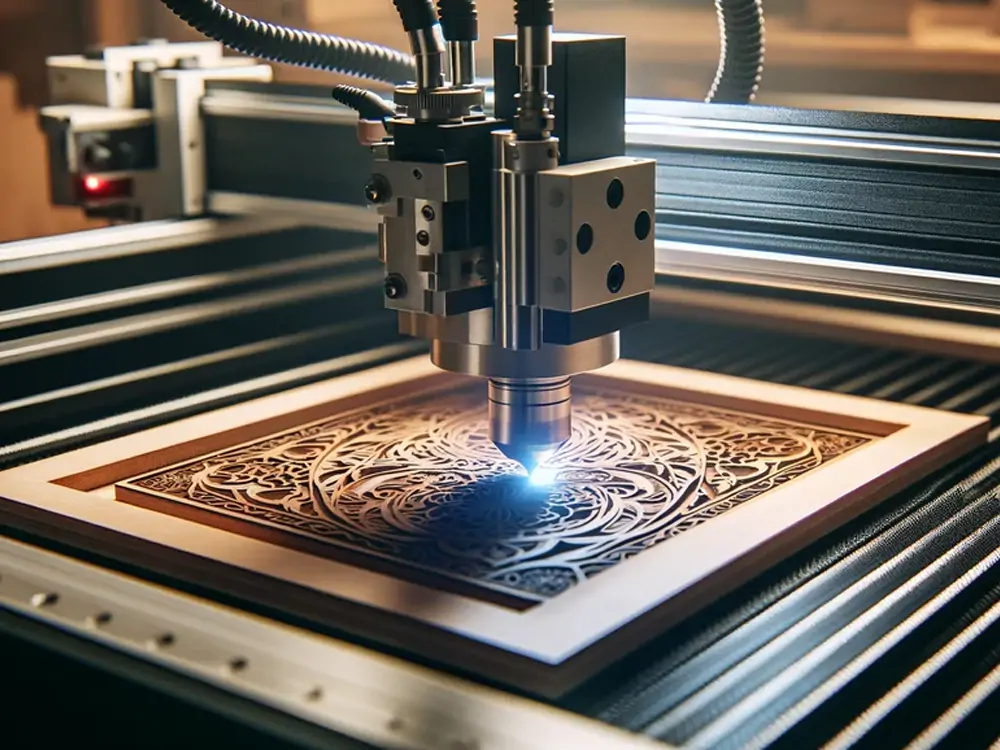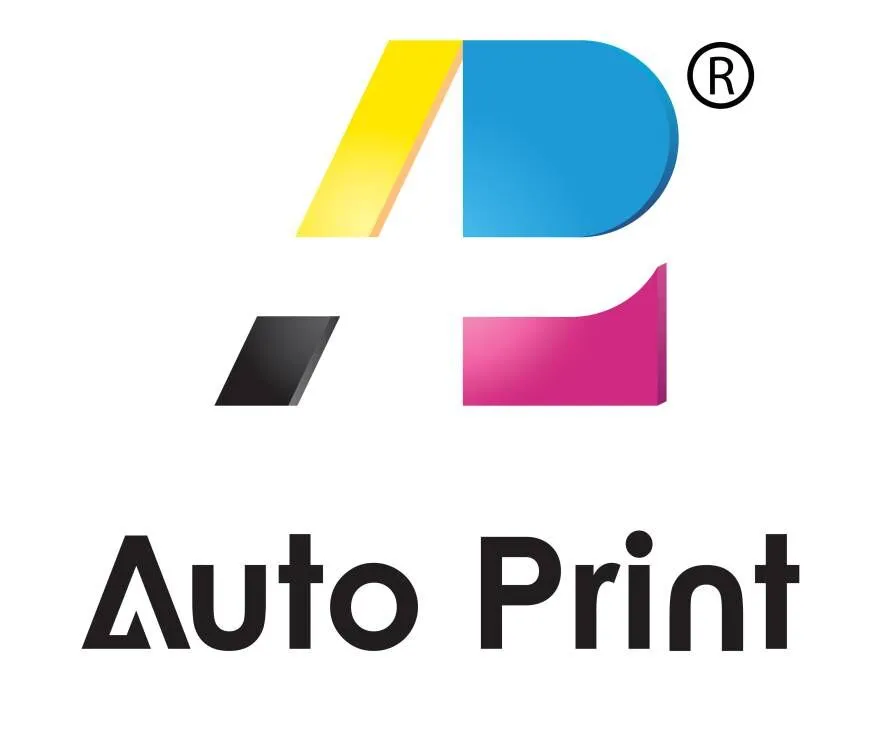The industrial printing sector has developed many processes. They are due to the printed product’s material, design, or purpose. Pad printing, screen printing, hot stamping, and engraving are four well-known methods. Each is best for a specific job’s requirements. No matter your industry, knowing the differences will help you choose the proper technique for your task.
This article will explain the critical differences between the four methods:
Pad printing, screen printing, hot stamping, and engraving. We will also discuss their ideal uses so as to know the best method to use for your project.

Pad Printing: Precision and Versatility
Overview:
Pad printing, or tampography, is a method. A silicone pad picks up ink from an etched plate, or cliché, and transfers it to a 3D surface. It is most valuable when used in try, curve, or textured materials such as ceramics and textiles. At Autoprint Machine, our pad printing machines work well and produce high-quality print. So, this method is vital in industries like automotive, medical, and promotional items.
Key Features:
- Precision: Pad printing is detail-oriented. So, it is excellent for printing logos, text, and complex designs.
- 3D Surface Adaptability: The soft, flexible pad can fit over nearly any object. This enables printing on curved surfaces, like bottle caps, golf balls, and syringes.
- High Efficiency: High-production apps are also favorable. They are easy to set up and repeat.
Best Uses:
Pad printing is best for non-flat surfaces. It is mainly used on promotional products (pens, mugs), medical equipment, and car parts. This is crucial for manufacturers of 3D-shaped products. It ensures consistency when scanning such shapes.

Screen Printing: Bold and Durable Prints
Overview:
The most straightforward graphic reproduction technique is screen printing. It uses stencils to make clean, colorful prints. This method involves the use of a mesh stencil or screen to deposit the ink on the surface of a product. Every color must have its own screen. You can use this process for designs with few colors but a high impact.
Key Features:
- Bold and Opaque Colors: This technique yields vibrant, opaque colors. They can pop on different backgrounds.
- Durability: The screen-printed work gives a long-lasting finish. It is beneficial for clothing or outdoor signs.
- Cost-Effective for Large Quantities: After making the screens, the cost per print is low. So, this technique is best for large orders.
Best Uses:
Screen printing is used in the apparel industry, for example, t-shirts and hoodies. It’s also used for branding items. This is also used for signage, packaging, and any project that needs large and heavy text. It is, however, not very efficient for complex, intricate designs. They may need to be installed on complicated surfaces.

Hot Stamping: Precious and Long Staying Finishes
Overview:
Hot stamping is a dry printing process. It uses heat and pressure to transfer metallic or pigmented foil onto a substrate. It’s known for making shiny, metallic items. It’s used in luxury packaging, auto parts, and giveaways.
Key Features:
- Luxurious Appearance: Hot stamping can create metallic looks in gold, silver, or any color. It adds a luxury design to products.
- Permanent and Resistant: It is important to note that the stamped foil is quite hard wearing and is not liable to fade over time.
- No Ink Required: Hot stamping differs from pad and screen printing. It uses heat-activated foil, so it needs no ink.
Best Uses:
Hot stamping is useful for: business cards, luxury packaging, plastic auto parts, and cosmetic packaging. These require superior finishes. It is also widely used when you wanted to adorn the logo or any emblem on the items to be used in advertising where the finish reflect professionalism.

Engraving: Precision and Permanence
Overview:
Engraving is a form of subtractive manufacturing. It removes material from an object’s surface to create a message or image. There are two main types of engraving. Mechanical engraving uses a tool. Laser engraving uses focused light to burn the surface.
Key Features:
- Extreme Durability: No coatings can last over time. They can be rubbed off by heat. But, engraved designs sink into the material.
- Highly Precise: It is perfect for work with logos, serial numbers, and other detailed images. In the engraving process, the letter or image must be widened. There can be no negotiations about the size of the letters for engraving.
- Versatility: Suitable for use with metals, glass, wood, and plastics. It can, therefore, be used on almost any material in use.
Best Uses:
This technique is used in production of trophies, award, industrial parts and signages. It is also widely used in branding high-value products, like electronics, watches, and jewelry. This is due to its accuracy and versatility.
Comparative Analysis: Pad Printing and Differentiation with Screen Printing, Hot Stamping and Engraving
Surface Compatibility:
Of all the decorating methods, Pad Printing is the best. It can print on very curved and round 3D items. Screen Printing is ideal for large areas that need extensive and clear graphics. Hot stamping applies to smooth and slightly raised areas, and it is used for luxury aesthetic purposes. Engraving can be done on all sorts of surfaces, although it is often done on flat or slightly curved surfaces for indented marking.
Detail and Complexity:
In turn, Pad Printing and Engraving are perfect choices for highly detailed work. Pad printing can be used where sharp, vivid designs are needed. Use engraving where very high accuracy is required. Thus, use Screen Printing on dark-colored clothes. It works better for simple, clear images due to its low detail. Like Hot Stamping, Detailing is a bit rough. But, it is widely used to enhance the design with decorative, luxurious touches.
Durability:
Of the two, engraving and hot stamping are best. Engraving gives a permanent etch, while hot stamping leaves a metallic impression. Screen printing is very fast for apparel on the outside. It is not for any product that gets a lot of use. It may discolor over time. Screen printing is durable, but it is less so than engraving and hot stamping, especially in severe conditions like chemicals.
Cost Efficiency:
Pad printing is best for mid-large production runs. It suits complex shapes and multiple colors. Screen Printing is among the cheapest methods of mass production of plain images. Hot stamping is costly in terms of foils and tooling; hence, it is suitable for short runs of high-end products. Engraving is expensive due to its precision and time. But, for parts needing clear, permanent marks, it is worth it to engrave.
Conclusion: Selecting the Right Method of Printing
Consider these factors before choosing a printing method for the project surfaces: Pad Printing is preferred mainly for non-friendly surfaces with complex designs. High-volume production with block colors on even surfaces is best done through screen printing. Instructive – Hot Stamping provides an aesthetic feel to premium products. As we said before, engraving is an excellent solution for valuable or high-end products. It is both very lasting and pleasing.
For more on pad printing machines, visit Autoprint Machine. We can help you choose the best printing method for your project.
